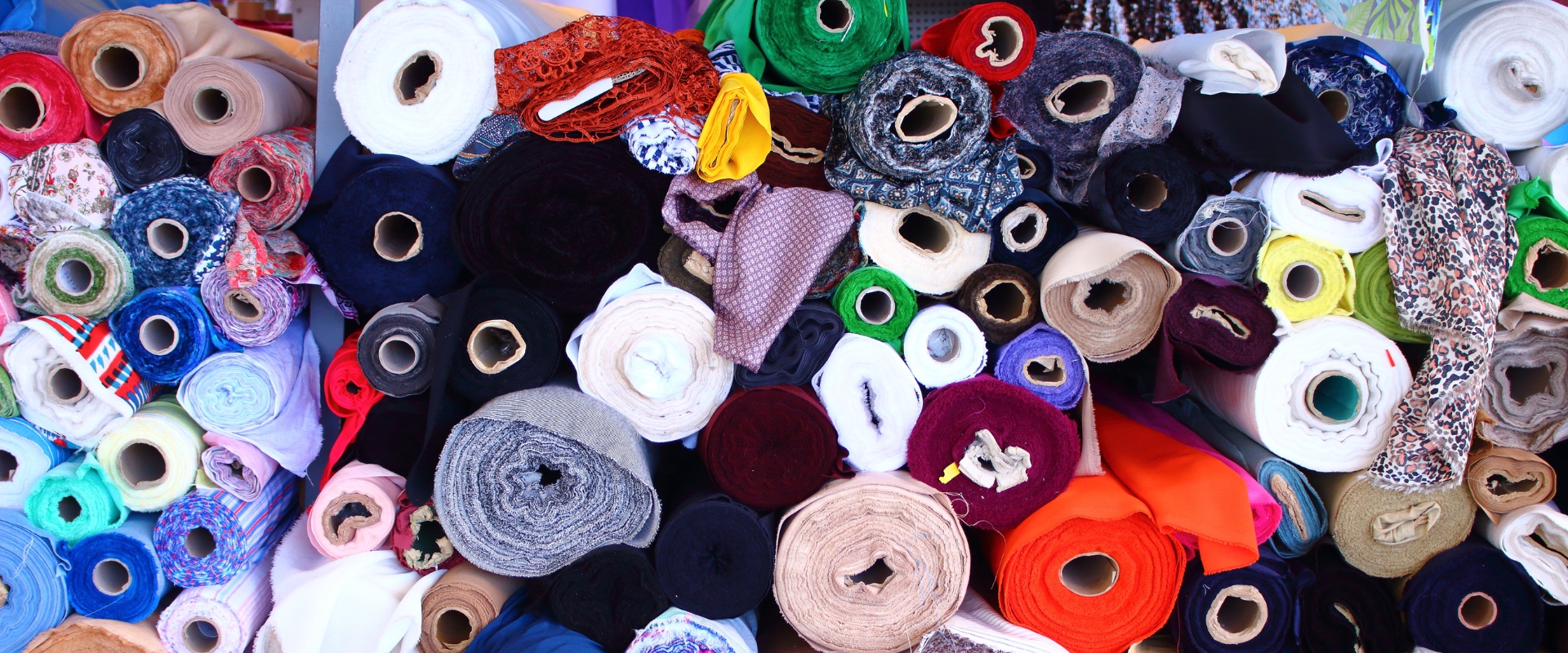
Are you seeking a new hoodie but worrying about making the wrong decision? First of all, adjust the materials that are suitable for the current season or your future activity. Hoodies are casual wear and are supposed to make you feel comfortable.
Consider durability, breathability, comfort, and warmth for your new hoodie. Hoodies are considered the best when they are soft and warm and can be worn in the long run. For example, cotton is a soft, light, and resilient fabric suitable for cold climates. This article will guide you to find the best types of hoodies materials with 10 recommendations that will be explained below.
Table of Contents
What’s the Best Types of Hoodies Materials?
1. Cotton
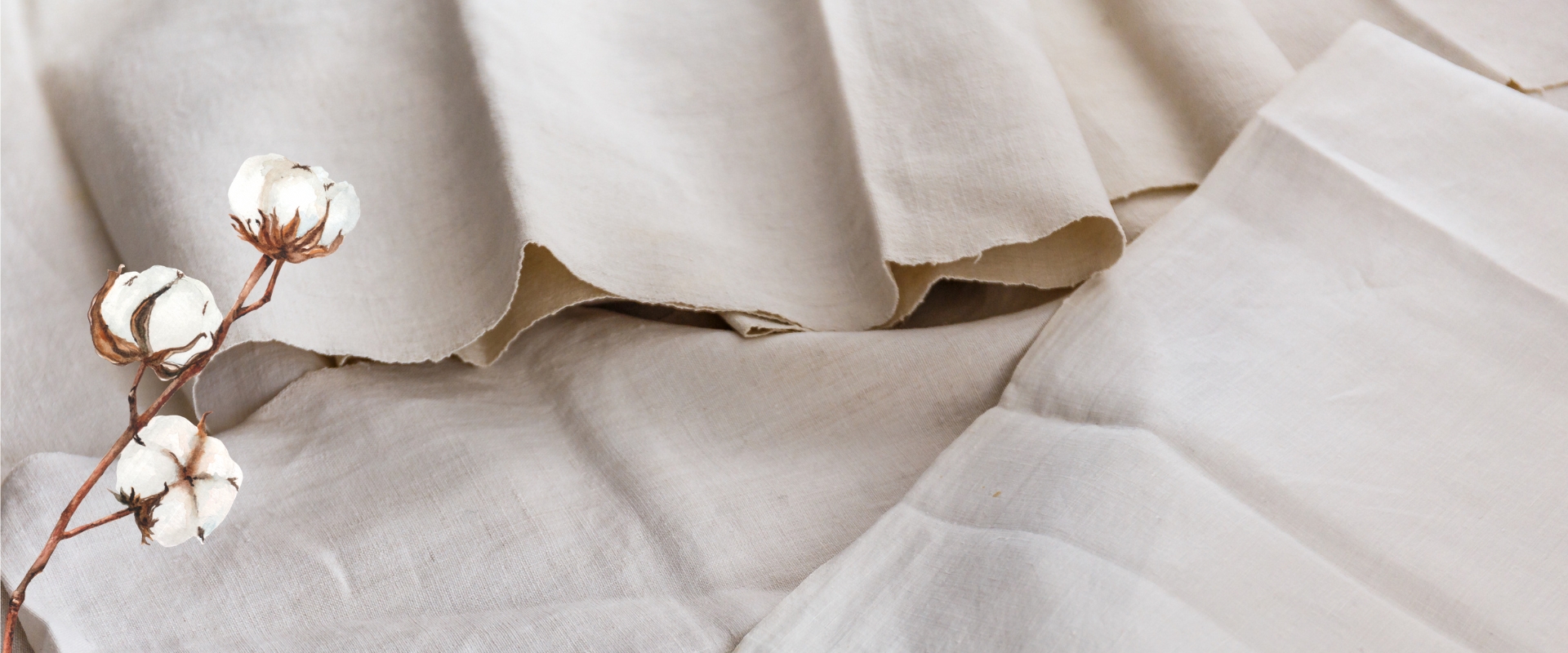
Cotton is well-known to be the chemically organic textile widely produced and used in the world. The fabric is very soft, high tensile, breathable, and light. Cotton possesses heat retention that makes the material combine wool and silk.
Compared to silk, the durability of cotton is higher. Meanwhile, compared to wool, it is lower. Cotton is made from the cotton plant’s fibers which are very absorbent to water. It is suitable to wear even in your outdoor activity under the sun’s rays as it keeps your body dry since the substance can absorb sweat.
If you are looking for a light material hoodie? Go for cotton. It is casual, flexible, and comfortable. However, this material is prone to deform and shrink after being washed. That is why the clothing manufacturer combines cotton with other fibers like polyester to create a better quality hoodie.
2. Polyester
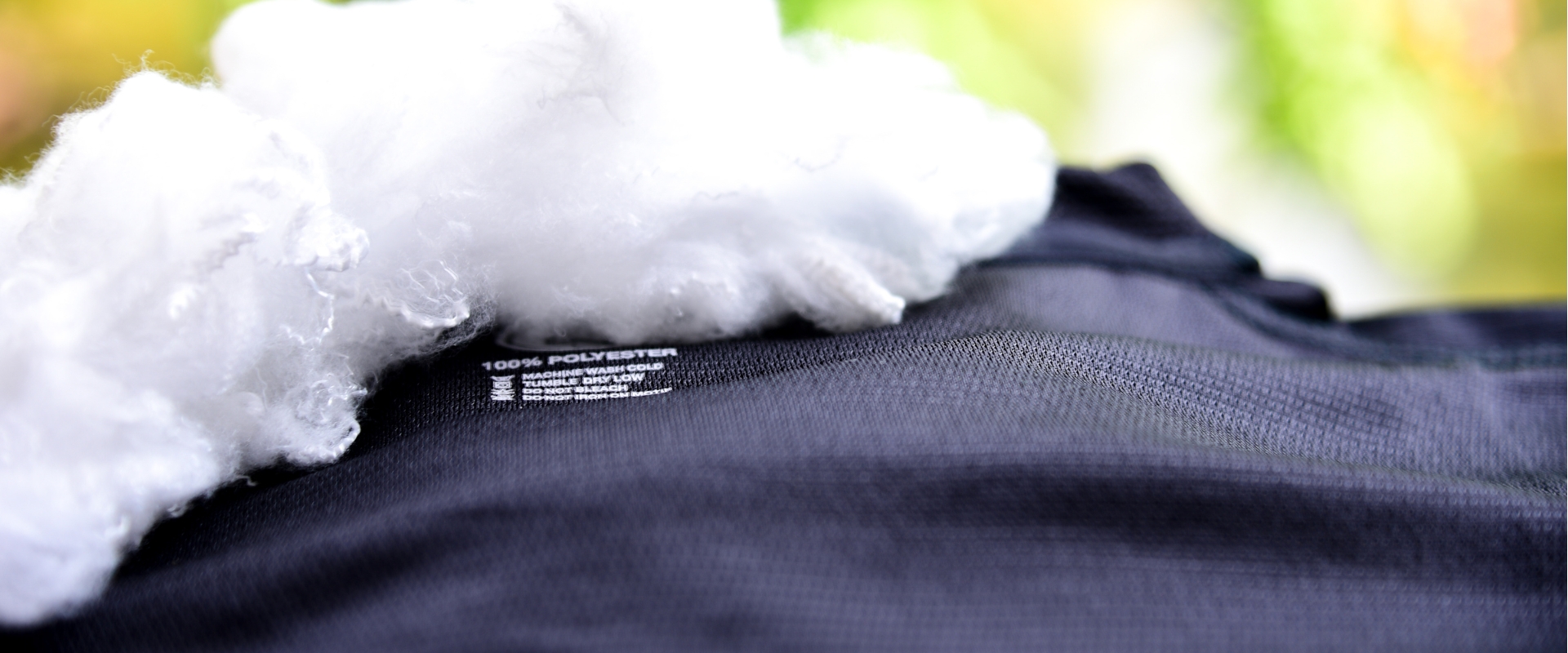
If you are seeking a hoodie material for its durability and crease-resistant, then you have to go with polyester. It is one of the most desired synthetic fabrics and typically made from petroleum. Clothes can be produced with the sole polyester fabric, but this fabric is known to lack water absorbent and easily absorb dust.
However, it should be combined with cotton, wool, or silk to make it comfortable, soft, breathable, and not easy to shrink. It is suitable for outdoor environments and can be used for a long time without worrying it will shrink or the color fade.
Even though polyester is still famous for its durability today, the fabric contributes to pollution and has a destructive environmental impact. Thus, the hype for the substance is lower than it used to be before.
3. Nylon
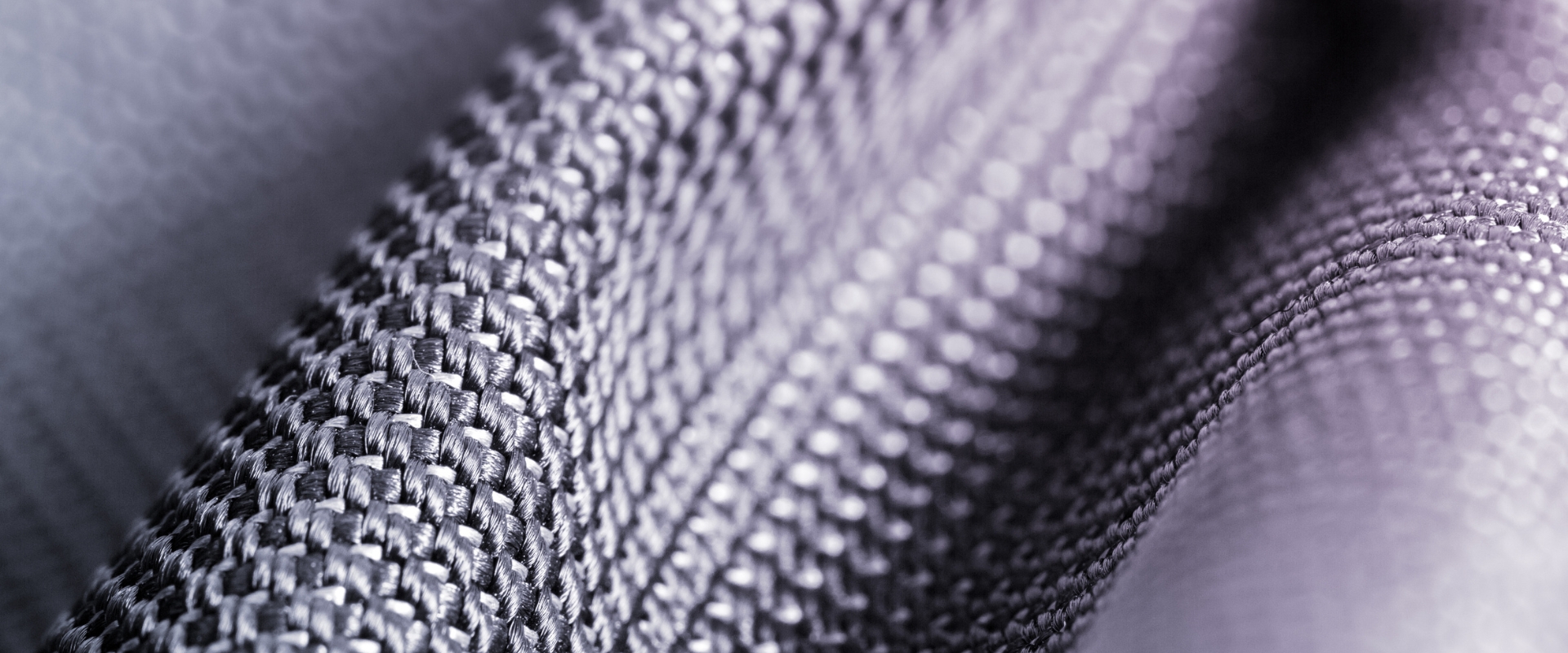
Nylon is an entirely synthetic fiber with no mix of semi-synthetic or organic fibers. Initially, nylon underwent issues being easily ripped and lacked moisture-wicking. As it progresses, nylon can be found with a combination of other fabrics such as cotton, polyester, or spandex to eliminate what’s lacking and maintain good quality.
Nylon is usually made for party wear hoodies because it has such a lustrous look and makes a good drape. This fabric is water- and wind-resistant; you can wear it in the rainy season or winter. It has the same advantage over polyester, which is resilience and durability. The drawbacks of this fabric are that it can easily generate static electricity and has low breathability.
4. Fleece
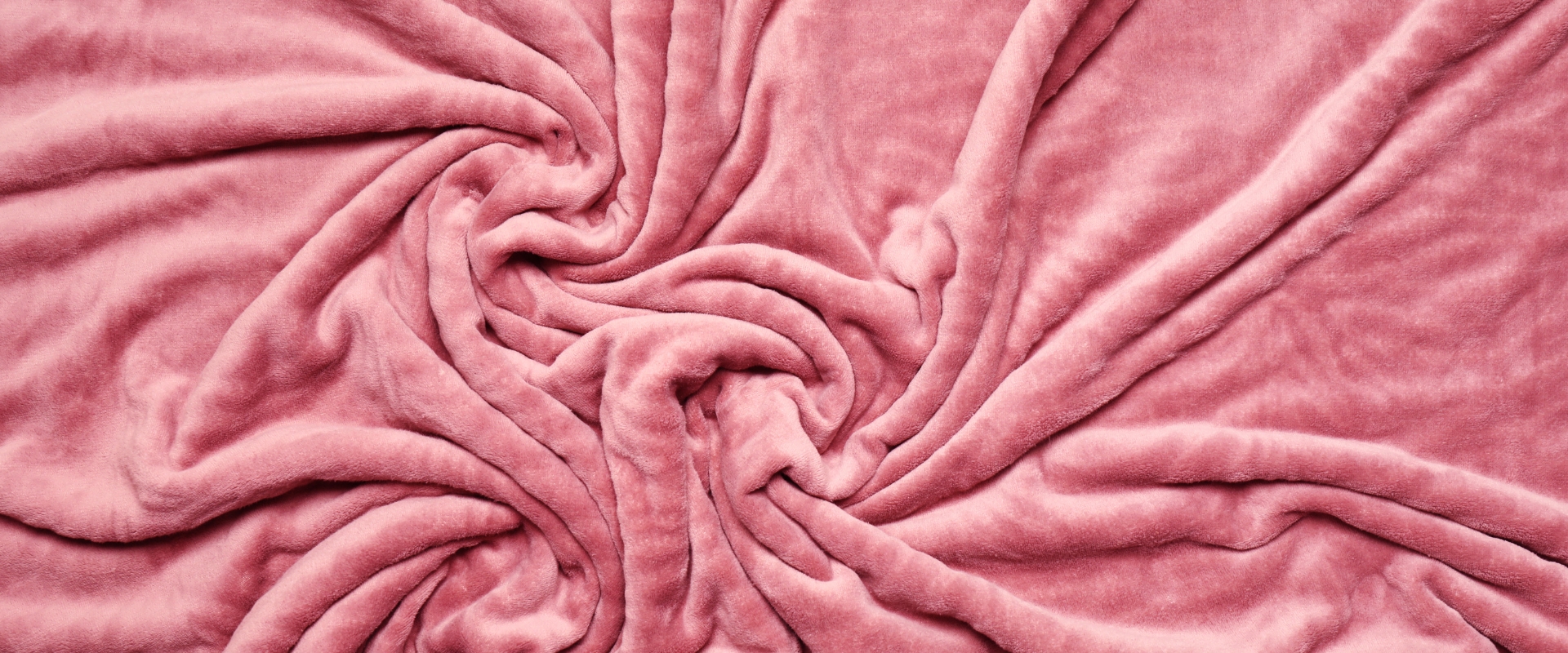
Fleece is derived from plastic which underwent a manufacturing process to become polyester. Fleece is acknowledged as the vegan alternative to wool because some of them are made from eco-friendly materials. This fabric has many good qualities, such as; being lightweight, breathable, moisture-wicking, warmth, water-resistant, and versatile.
The substance is also comfortable to wear all day long and can adapt to temperature changes. Due to this reason, many adventurers or hikers typically choose hoodies or jackets made from this fabric. It is convenient for sportswear and is famous for winter hoodies.
5. Spandex
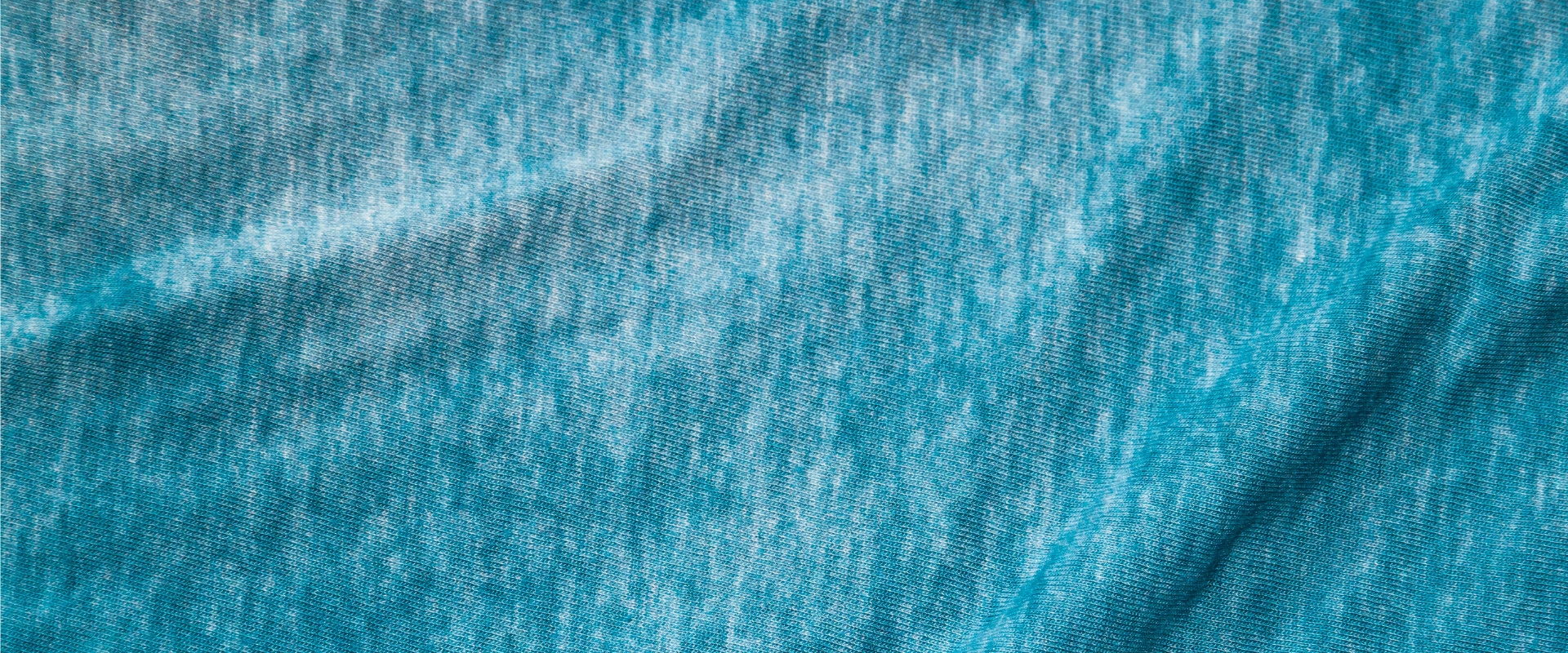
Spandex is mostly used in form-fitting clothes such as skinny jeans, athletic wear, stretch pants, and yoga pants because of its elasticity. It is a synthetic fabric made from polyurethane. It can expand up to five to eight times from its standard size.
Commonly, spandex is mixed with other fabrics to get the best qualities of the combination. For example, when combined with nylon and polyester, it will increase the level of heat-resistant. Another example is for hoodies, spandex combined with knit fabrics will produce a comfortable, resilient, subtle, and not easy to wrinkle.
Nevertheless, similar to polyester, despite its popularity, the substance has a notable destructive impact on the environment.
6. Wool
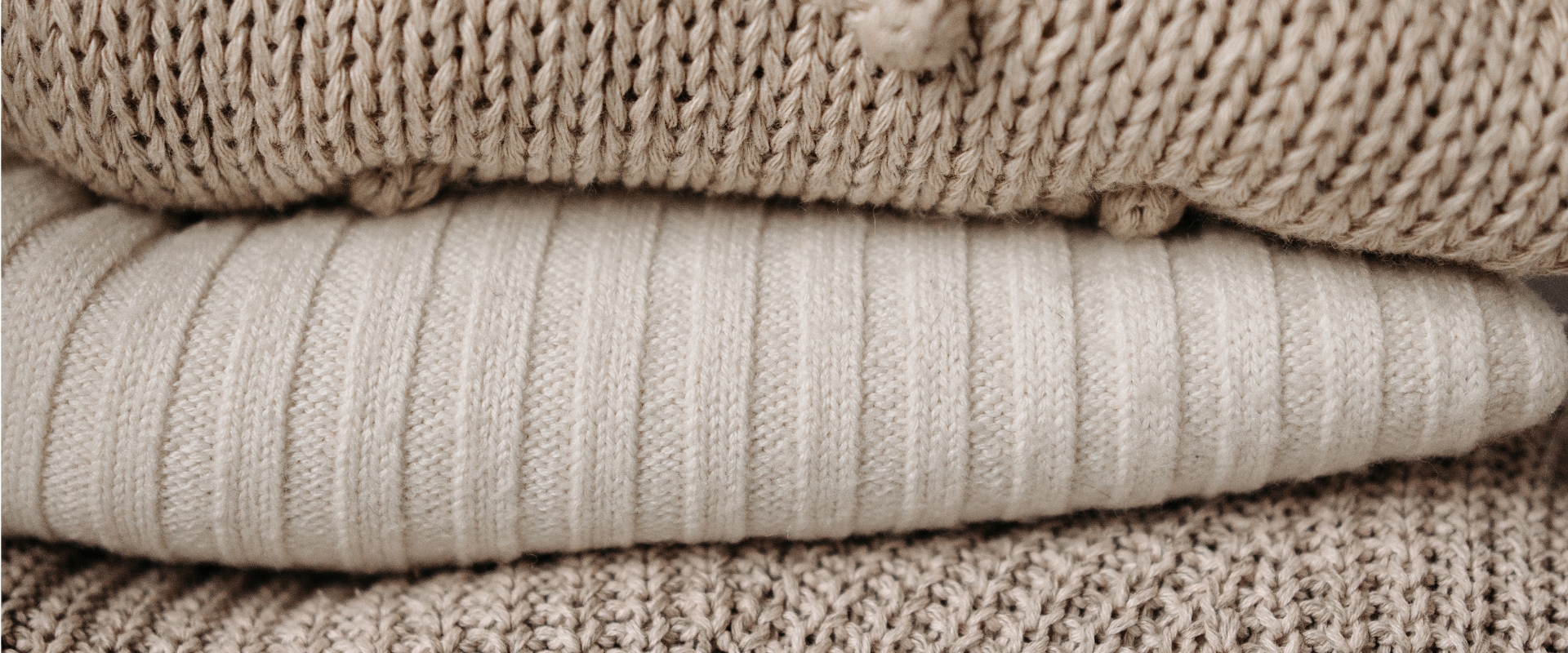
You might likely think about sheep when you hear “wool”. That is correct, yet wool is made from sheep’s hair and other animals (alpaca, llama, merino, etc.). Before it weaves into textile, it undergoes processes such as harvesting the hairs of the animal and spinning them into yarn.
Wool used to be very popular before the arrival of synthetic fiber. Now it is less desirable to fleece. Even so, its qualities show that this substance is suitable for hoodies. Wool is light, soft, durable, flame and water-resistant. To create an anti-shrinking hoodie, it should be mixed with other fibers like polyester.
Wool is suitable for winter hoodies because it is warm and breathable. Kindly note that some wool depending on the animal hairs, can be uncomfortable, itchy, or trigger allergies. Thus, learn more about the types of wool hoodies you want to buy.
7. Rayon
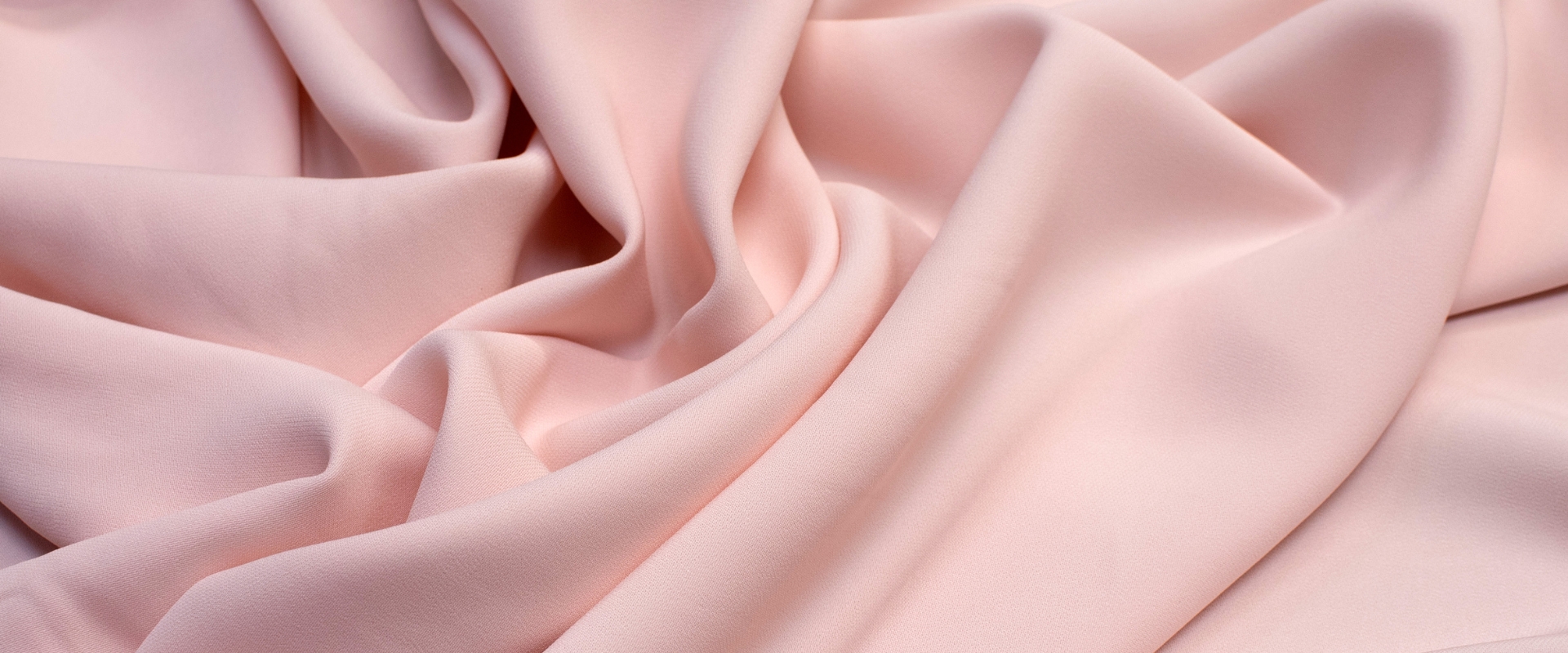
Rayon is a semi-synthetic fabric derived from natural materials (purified cellulose fibers) and some chemicals. It is recognized for its ability to imitate other fabrics like linen, cotton, silk, and wool. Rayon is suitable for hoodies because it hardly generates static electricity and does not quickly form bubbles.
Nonetheless, consideration before choosing rayon-based hoodies is that these substances are not durable, resilient, and easily wrinkle. For athletic wear, viscose rayon is recommended for its breathability and antiperspirant. Rayon is commonly used for affordable hoodies or sports ones.
8. Jersey
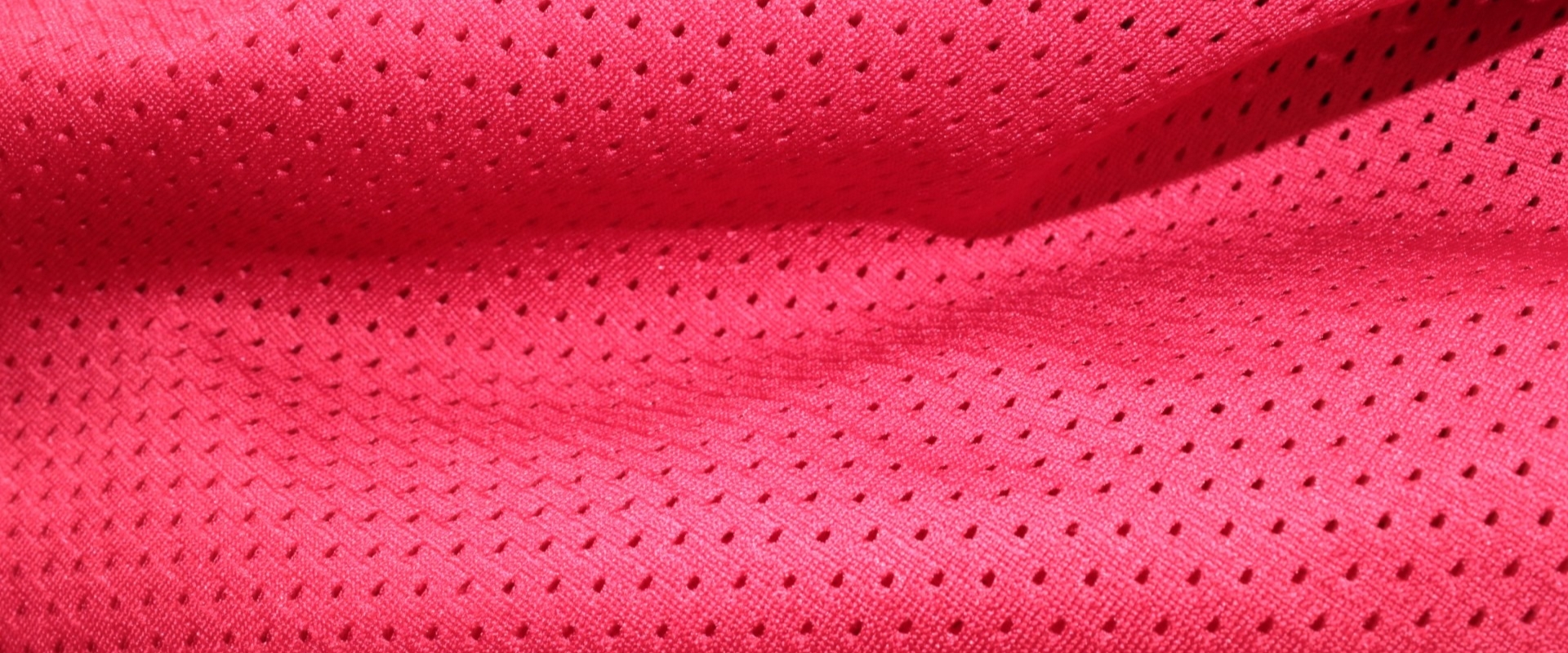
While in the earlier production of the jersey, it used to be made from wool. Nowadays, this resilient knit fabric is commonly made from synthetic garments like polyester. It is famous for a close-fitting hoodie because it is close-knit, stretchy, and breathable. Moreover, it is soft and light, suitable for relaxed, casual, and activewear.
When the fabric combines with cotton, it can easily deform or shrink. For more durability and stability, find one that is mixed with polyester. It can be suitable for winter and summer, depending on the yarn to make the hoodie. The drawback of this fabric is that it is easy to pill.
9. French terry
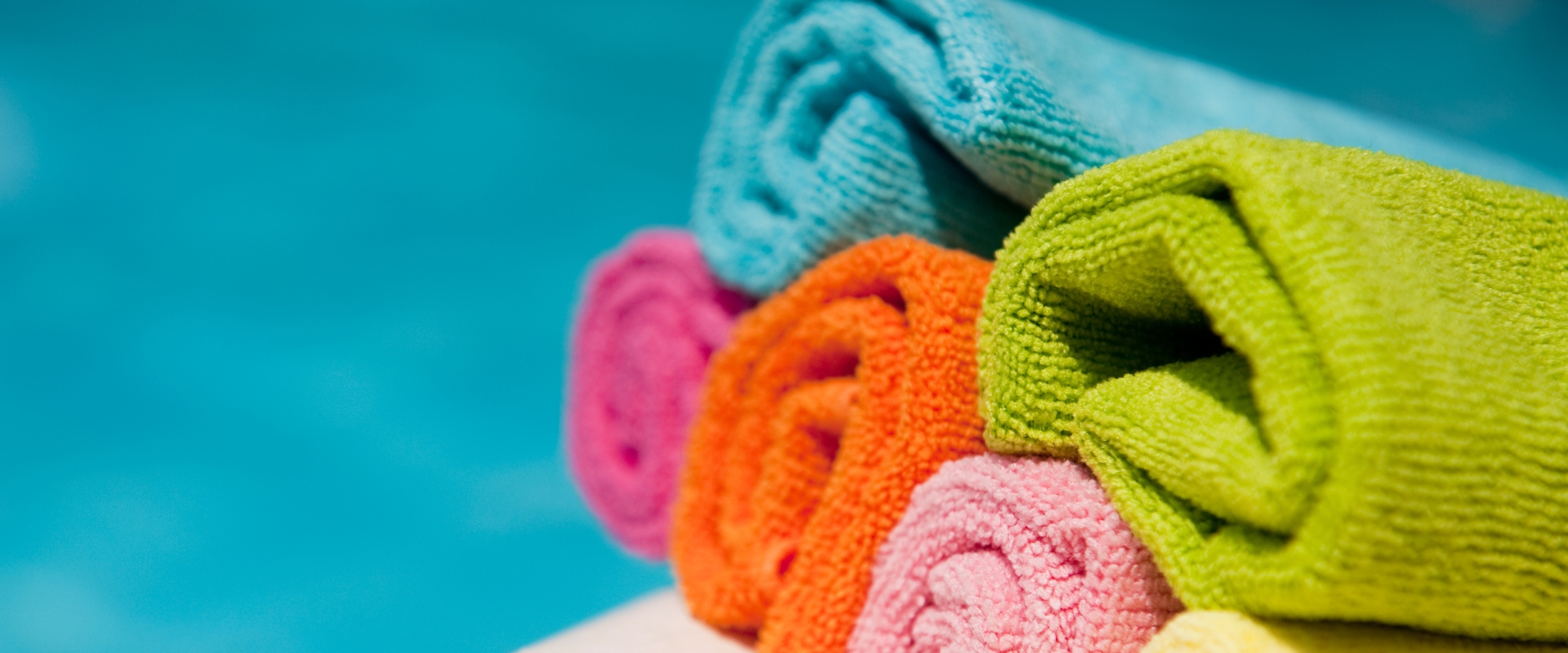
French terry is a knit fabric. It can be made from cotton or other varieties of different fiber materials. The fabric offers excellent features for winter hoodies because of its breathability, warmth, softness, and thickness. Furthermore, it is water-absorbent and such a resilient fabric.
As it is considered a versatile fabric, you can find this substance in hoodies, sportswear, gym clothes, and other casual apparel. When combined with polyester, it will increase the level of longevity. Yet, it will be less comfortable compared to when it is mixed with cotton.
10. Corduroy
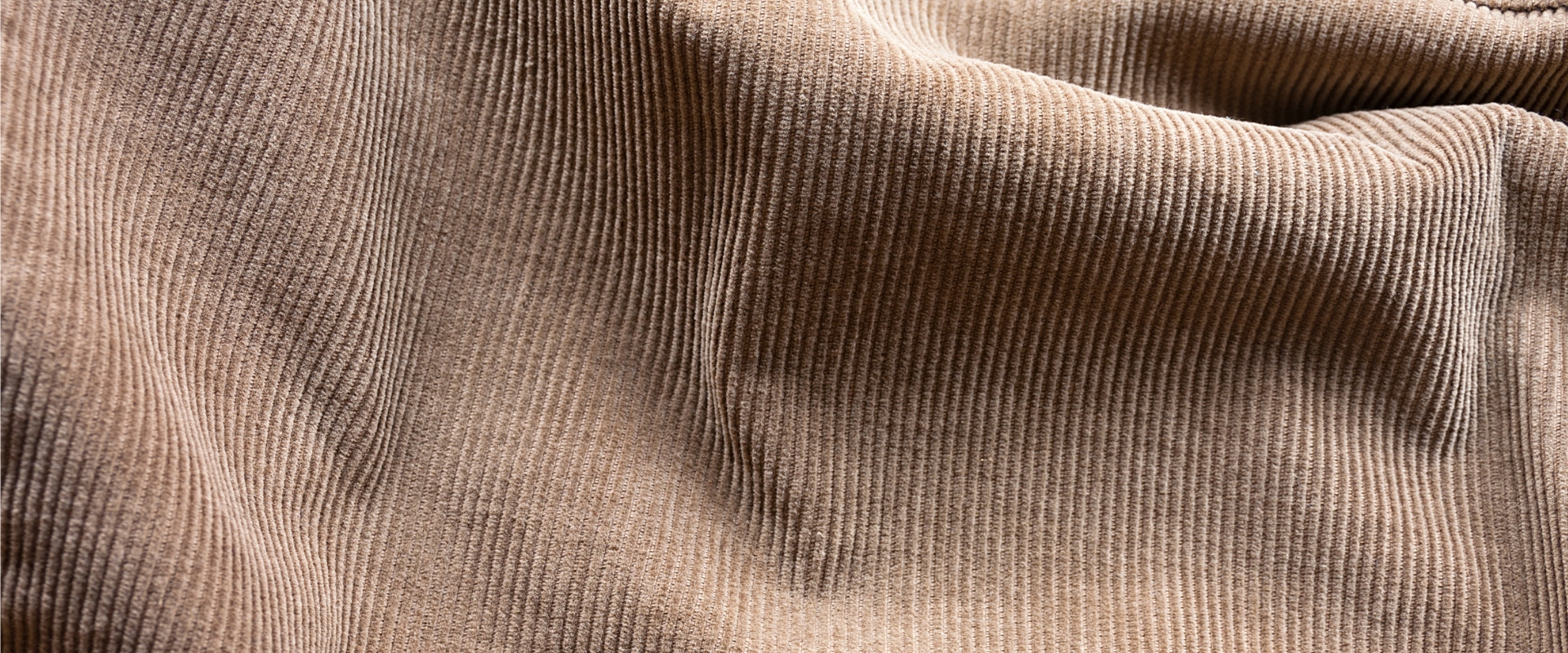
Corduroy is known for its ridged pattern and is produced in various widths. This fabric can be produced from multiple primary textile materials such as cotton, polyester, wool, spandex, and more. It is less pricey than fleece, and the fabric offers a thick, warm, soft texture, breathability, and water-absorbent qualities.
Hence, it is suitable for winter or casual hoodies. When the substance combines with spandex, it will produce cozy apparel. The disadvantage of having a corduroy hoodie is that it is easy to tear.
What’s to Consider For Choosing The Type Of Hoodie Material
There are 3 crucial things you need to consider when choosing hoodie materials.
Durability of Material
Durability is an essential factor before you decide to purchase a hoodie. If you are not carefully selecting the materials of what the hoodie is made of, then do not be disappointed when they cannot withstand the constant wearing and washing.
Breathability
Considering the material’s breathability is crucial, mainly when the hoodie will be used in an activity that makes you sweat a lot. It would be best if you found antiperspirant materials to avoid overheating or feeling uncomfortable. The same goes for winter hoodies, and breathability is just as important.
Comfort and Warmth
Hoodies are supposed to be convenient to wear. Simple, cozy, and warm. You don’t want a hoodie that restricts your movement, is itchy, or is not permeable, right? Ensure you feel relaxed and comfortable by selecting the best materials that are stretchy, breathable, and warm.
In a nutshell, the types of hoodies materials are numerous. Above, we have covered 10 hoodie materials you can consider following your needs. For a soft and breathable material, you can choose cotton fabric, yet polyester is the best choice for durability. Factors such as durability, breathability, comfort, and warmth are necessary to consider before making a final decision. Also, check other articles to get more information about the types of material for shirts.